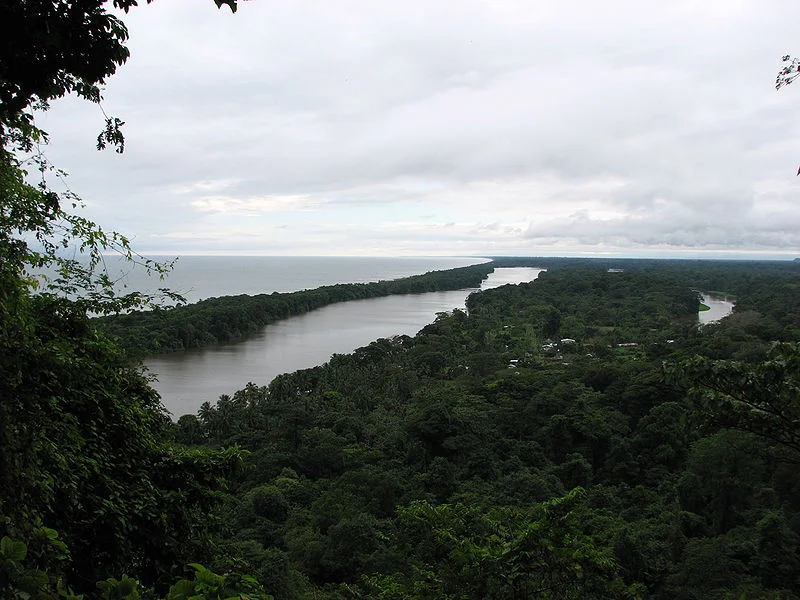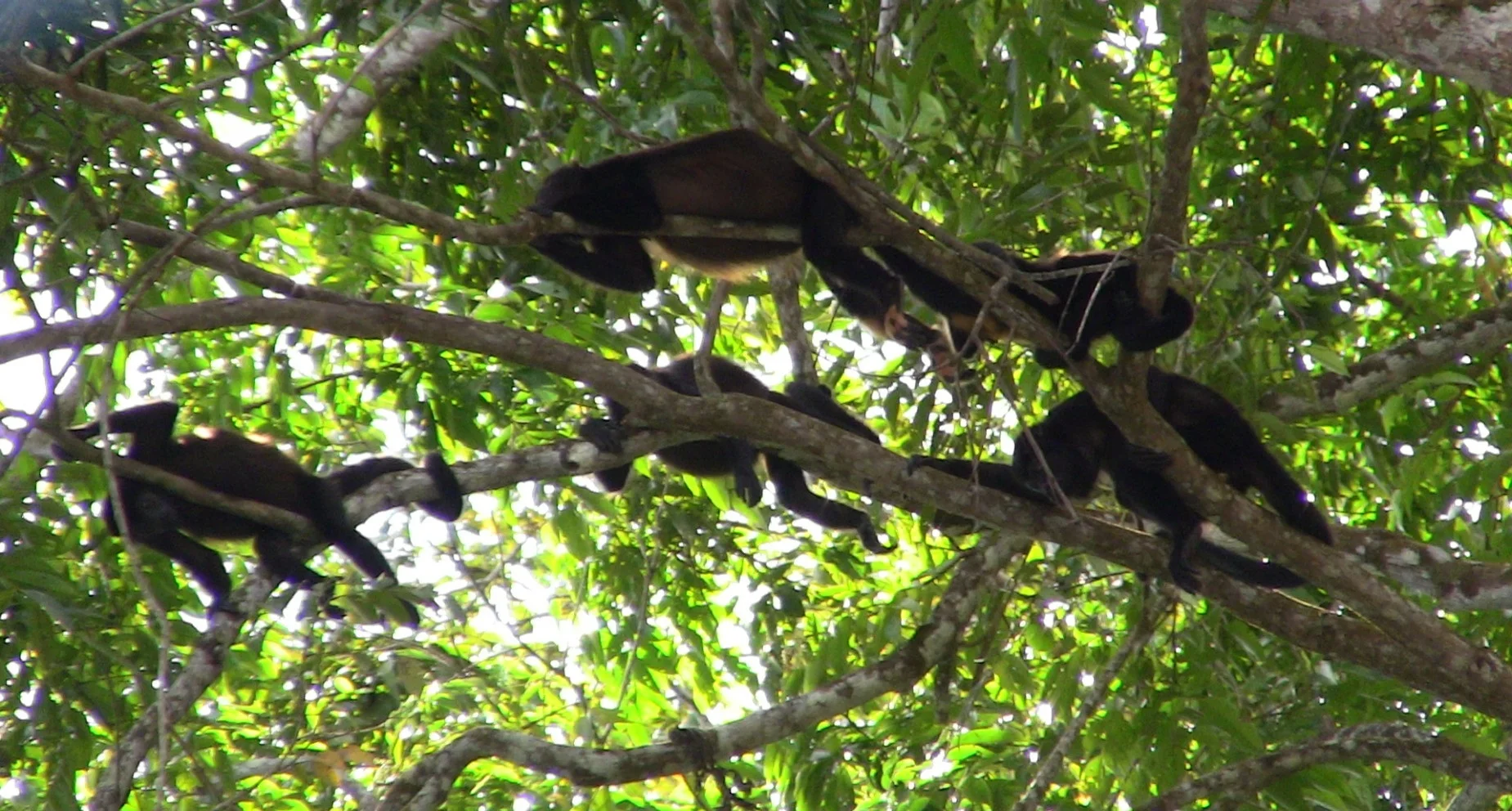 |
Tortuguero National Park in the northeast of the country is one of the rainiest regions in Central America. Sudden heavy showers are common here. The Tortuguero River (Turtle River) flows through the park, the target of Samoa Lodge. The hotels located in the jungle can be reached exclusively by water, the river brings tourists and provisions. The park is huge, even taking a motor boat from one pier to another for several hours.
 |
| Tortuguero National Park |
Tortuguero National Park - After a heavy rain, the local nature is even more beautiful. The rainforest and an amazing variety of plants and animals are Costa Rica's greatest treasures. Tikos is quite consciously and pragmatically concerned with the protection of wildlife, because ecotourism brings the country a decent income, more than agricultural production. More than 2 million foreigners visit Costa Rica every year. Every tenth Costa Rican is engaged in tourism.
 |
| Tortuguero National Park |
The rainforest is home to the Urubu vulture, the jungle orderly. Dwarf red frogs climb the trees, which do not croak, but make a sound reminiscent of a rattle. Bright coloration scares off potential enemies. For especially persistent enemies, the frog has poison.
 |
| Tortuguero National Park |
For several decades, the Tortuguero National Park in the northeast of the country is one of the rainiest regions in Central America. Sudden heavy showers are common here. area was in danger. The woodworking industry devoured hectares of forest one after another and damaged the river, using it for timber rafting. Fortunately, in 1975 a national park was created in this area. The park is home to very rare green turtles. The park is a refuge for many plants and animals. Jaguars, tapirs live here, three species of monkeys of which arachnid monkeys deserve special attention.
 |
| Tortuguero National Park |
The Tortuguero National Park literally saves them from extinction, as their natural habitat has been greatly reduced. Manatees live in the local waters, and there are many birds near the river and tree crowns. Half of all the birds living in Costa Rica are represented in the national park, in addition to this 100 species of amphibians and reptiles.
 |
| Tortuguero National Park |
In the northern part of the national park is the settlement of the same name, Tortuguero. The history of the village begins in 1870, when emigrants from Nicaragua and Jamaica settled in it, working in the clearing of rubber. Today the village has a thousand inhabitants who live off tourists. By the way, you can't just come to Tortuguero.
 |
| Tortuguero National Park |
Due to the 1991 earthquake, large ferries can no longer pass through the canals as before. Tortuguero National Park has not lost its former atmosphere, life here flows measuredly. Work gives way to rest, rest by work has enough time for everything.